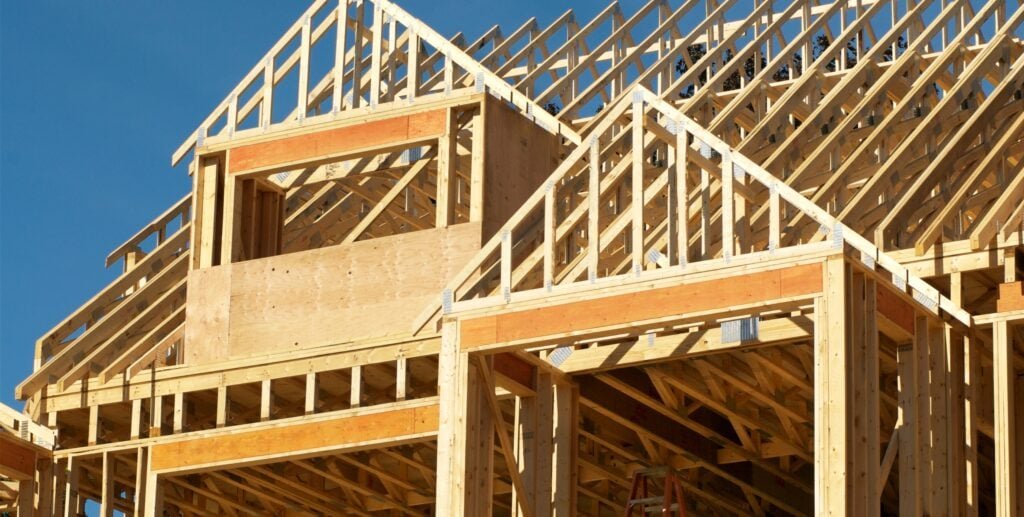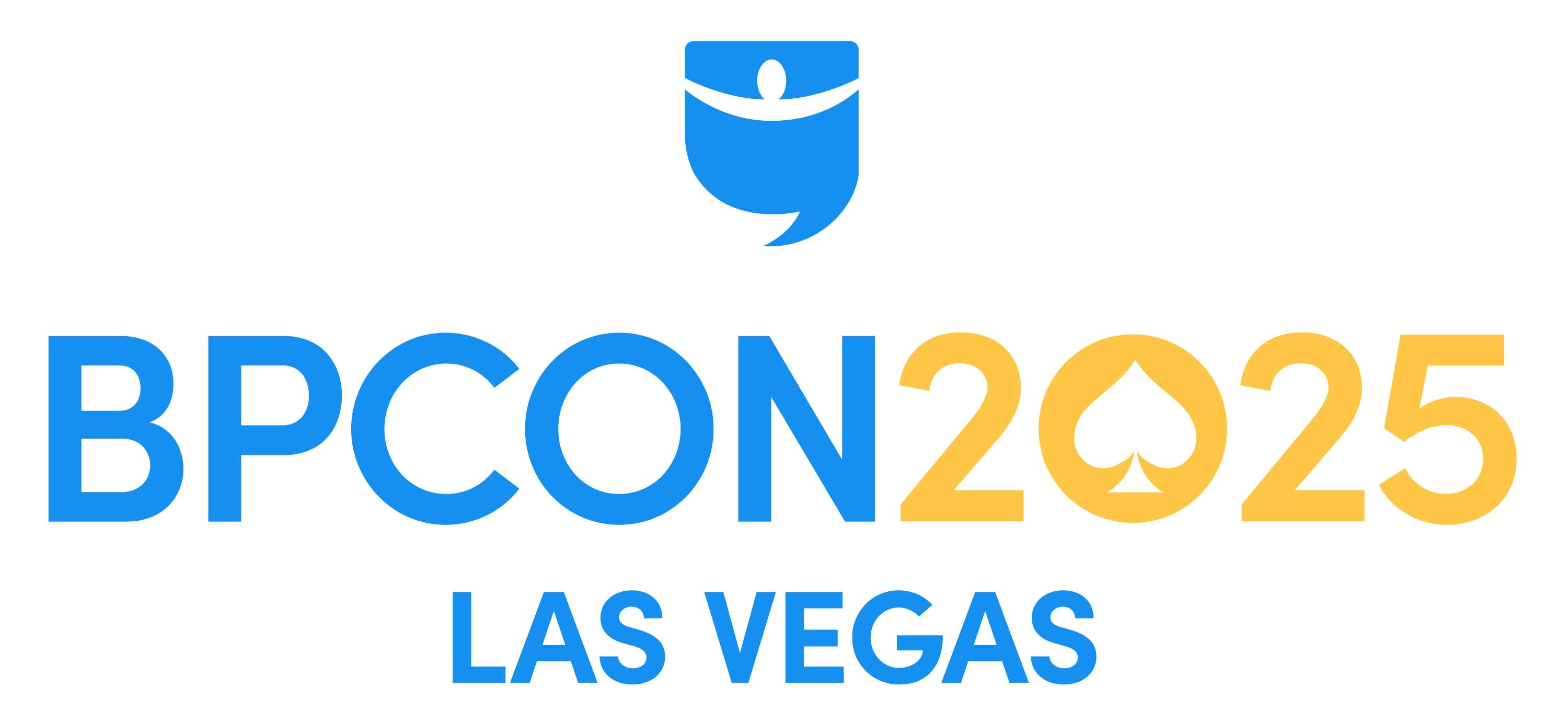The U.S. housing shortage is nowhere near ending, according to recent data.
Despite stories about an oversupply of homes in the Sunbelt, Zillow reports that the U.S. was short 4.7 million homes in 2023, despite one of the country’s largest construction booms.
That year, the housing deficit rose by 159,000 homes from the previous year, exacerbating the affordable housing crisis. This was due to the creation of 1.8 million new families each year, despite the addition of 1.4 million new homes.
Millennial, Gen Z Buyers Most Affected
The lack of housing has led to millennials and Gen Z sharing homes with nonrelatives. The issue is not just availability but affordability. Even with a greater supply of homes, unless interest rates drop and incomes increase, new homebuyers can’t get onto the property ladder.
House Prices Have Outstripped Incomes
According to The Wall Street Journal, in 2024, the median price for a single-family home was $412,500, as house prices outpaced growth in household income. Rising insurance costs have only added to the expense of homeownership.
In addition, the income required to afford an average 30-year mortgage has increased by 60% since 2021, according to the Journal, adding that the diminishing construction workforce in the wake of the immigration clampdowns could also slow construction.
The need for homes and the increasing cost to buy them sees many U.S. cities caught in a Catch-22, with the YIMBY movement urging the need for more housing and the NIMBY people opposed to denser housing concentrations in traditionally single-family neighborhoods. The result has been a chronic increase in housing prices.
The Priciest Cities Have The Least Inventory
Unsurprisingly, the most expensive U.S. markets are the most inventory-starved, according to Zillow. Here are the five metros with the most significant housing deficits in 2023:
- New York City: 402,361 units
- Los Angeles: 338,750 units
- Boston: 150,541 units
- San Francisco: 139,990 units
- Washington, D.C.: 132,238 units
Low Inventory Could Last Until The End of the Decade
Zillow reported that builders completed 1.45 million units in 2023, followed by 1.63 million in 2024, which has helped alleviate the housing crisis to some extent. However, U.S. News & World Report estimates that the country is still short of around 4.5 million homes (though estimates vary), a deficit that could last until the end of the decade, according to The National Association of Home Builders.
“For middle-class families, supply is really the only answer,” Jason Furman, Aetna Professor of the Practice of Economic Policy at Harvard, says, addressing the need for more multifamily housing in a Harvard study. However, when housing supply is either logjammed by zoning laws or hindered by expenses, residents look to move elsewhere, where housing is more affordable.
Why Investors Should Look At Lower-Cost Cities
Brokerage and listings site Redfin highlights 10 areas where it is still possible to buy a house for under $300,000. Making a 20% down payment ($60,000) is still a stretch for families who then have to manage a mortgage payment, taxes, and insurance. However, these areas might be beneficial for landlords, too, as housing is more affordable and could provide tenants with a pathway to homeownership or even the possibility of a rent-to-own or seller-financing scenario.
1. Detroit, Michigan
- Median price: $180,950
- 2015 sales price: $70,000
- 10-year price increase: +158.5%
Its days of decline over, Detroit is now a canvas for urban revival—complete with coffee shops, street art, and community-driven projects. Despite a 30% price jump from the pandemic era, it remains the nation’s most affordable metro.
2. Cleveland, Ohio
- Median price: $227,000
- 2015 sales price: $110,000
- 10-year price increase: +106.4%
Cleveland balances its industrial legacy with arts, dining, and renovated neighborhoods like Detroit-Shoreway and the Flat —gentrification, however, is in full swing here.
3. Dayton, Ohio
- Median price: $229,500
- 2015 sales price: $105,000
- 10-year price increase: +118.6%
Affordability with cultural vitality is juxtaposed with a rising poverty rate (27%). Investors will have to pick your neighborhoods carefully.
4. Rochester, New York
- Median price: $230,750
- 2015 sales price: $116,000
- 10-year price increase: +98.9%
Repurposed industrial spaces, such as the Grist Mills, have helped carve out a new identity for Rochester, which remains affordable, featuring indie cafés, parks, and the University of Rochester.
5. Pittsburgh, Pennsylvania
- Median price: $235,000
- 2015 sales price: $135,000
- 10-year price increase: +74.1%
From steel hub to tech town and educational powerhouse, Pittsburgh’s distinctive neighborhoods and riverside lifestyle make it a great city for under $300K. A scarcity of deals could make it difficult for investors to cash flow amid rising prices in pricier neighborhoods.
6. Buffalo, New York
- Median price: $243,000
- 2015 sales price: $112,250
- 10-year price increase: +116.4%
Once a Rust Belt icon, Buffalo now shines with a revitalized downtown, a thriving arts scene, breweries, and waterfront parks. Inventory is tight, but it remains one of the Northeast’s rare affordable metros, with massive tech investment due to reshape the city.
7. McAllen, Texas
- Median price: $250,000
- 2015 sales price: $129,000
- 10-year price increase: +93.8%
Vibrant border culture, low living costs, and a community feel make McAllen far more affordable than larger Texas metros. Wages are low, though—about $11 an hour below the national average, making this a place where low-cost housing and low rents predominate.
8. Baton Rouge, Louisiana
- Median price: $258,815
- 2015 sales price: $173,000
- 10-year price increase: +49.6%
Despite Baton Rouge’s Southern charm, grand architecture, music, cuisine, and low house prices, the poverty rate here might make owning rentals a challenge.
9. St. Louis, Missouri
- Median price: $263,850
- 2015 sales price: $146,500
- 10-year price increase: +80.1%
A budget-friendly metro featuring big-city perks, St. Louis still offers affordability despite rising prices. It appeals to those escaping coastal markets.
10. El Paso, Texas
- Median price: $264,000
- 2015 sales price: $138,175)
- 10-year price increase: +91.1%
Sun-baked desert charm, a Mexican-American heritage, and affordable housing make El Paso’s cost of living about 12% below the national average. That said, poverty and food insecurity mean investing here comes with challenges.
Final Thoughts
Investors may be waiting a long time if they are counting on low interest rates to rescue the housing market. Until builders feel more confident about embarking on large-scale construction projects and zoning rules change to allow multiunit buildings in areas currently zoned for single-family housing, we will remain in an inventory impasse.
Dealing with the hand you have been dealt is the only logical move. If you are an investor with limited funds, that means buying in places that are affordable, and where people want to live.
A Real Estate Conference Built Differently
October 5-7, 2025 | Caesars Palace, Las Vegas
For three powerful days, engage with elite real estate investors actively building wealth now. No theory. No outdated advice. No empty promises—just proven tactics from investors closing deals today. Every speaker delivers actionable strategies you can implement immediately.




